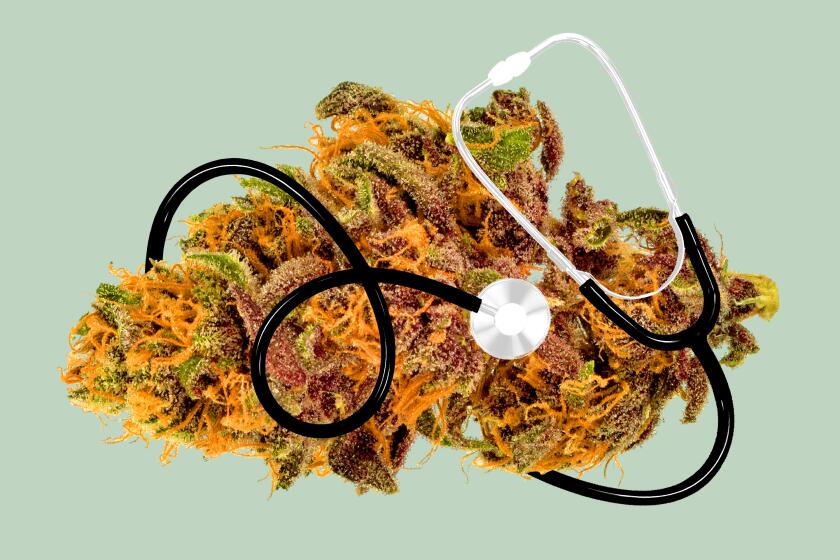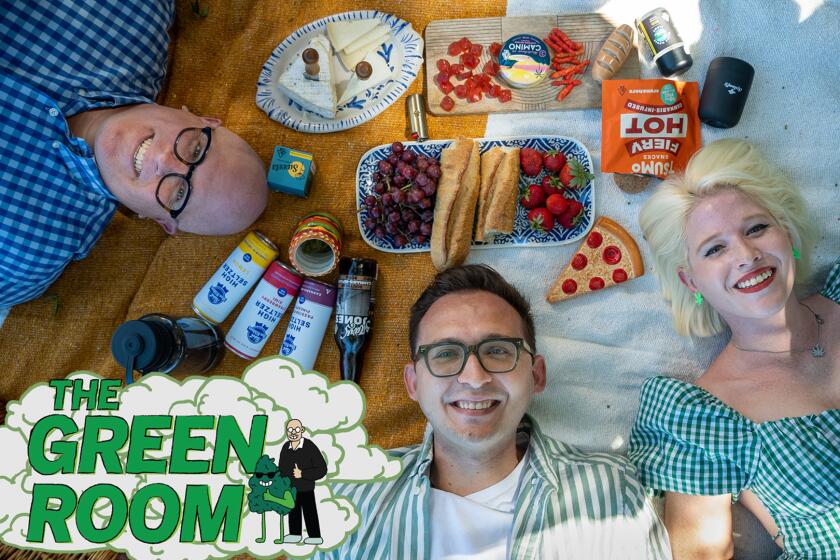‘Clean weed’ is about to be everywhere in California. Here’s what you need to know
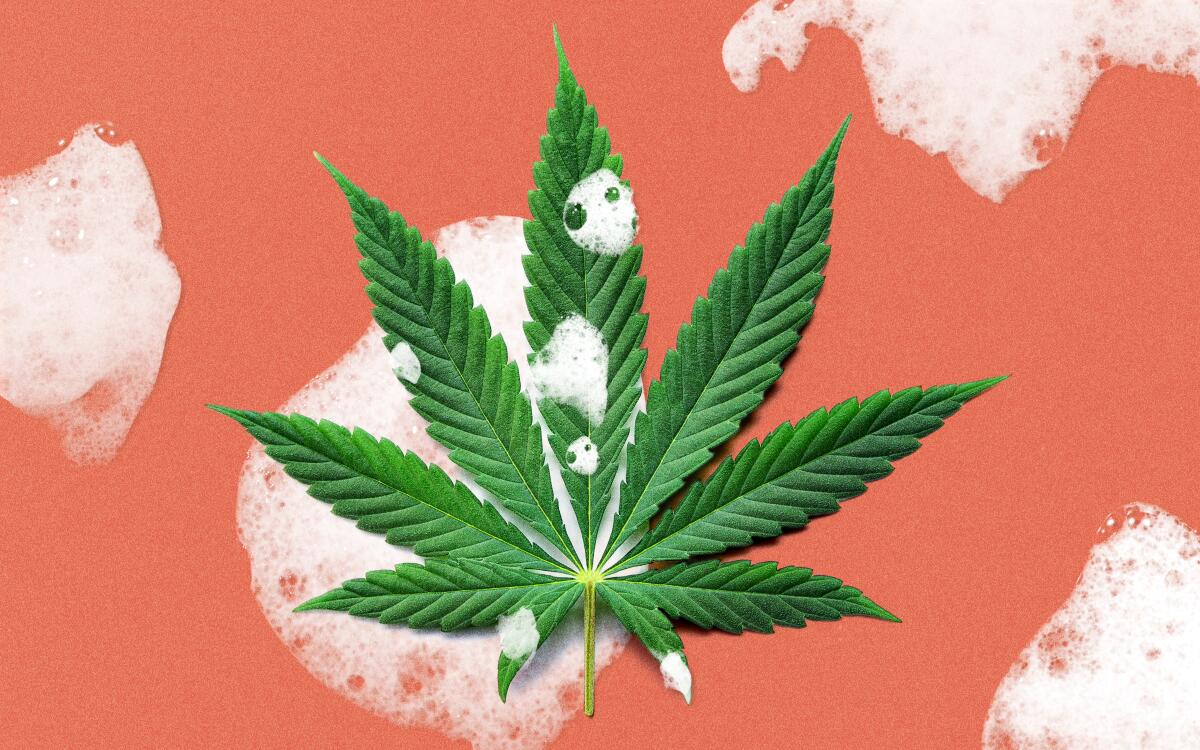
- Share via
In recent years, the clean living trend that has its roots in the organic food movement has made “clean” a potent buzzword for an ever-increasing number of things we put in or near our bodies. First, there were clean beauty products, then clean cleaning products, and now clean weed. It’s about to be everywhere in the Golden State and it’s a lot more than a Goop-ification-of-ganja marketing ploy.
So what, exactly, is clean weed? Why should you care about what chemicals may be in your pot products as long as they test below state-mandated levels? And finally, if you decide to board the chemical-free cannabis train, how do you find it on your local dispensary shelf? (Hint: It’s not going to be labeled “clean weed.”)
What is clean weed, anyway?
If the whole notion of clean weed has you scratching your head and muttering, “Dude, it comes from a plant, so how much cleaner can it be,” think of it like fruit and vegetables grown with the use of chemical fertilizers and pesticides versus those grown organically. And, just as organically grown and nonorganically grown produce can sit side by side in your local grocery store, cannabis grown with or without the help of chemicals is legally sold across California as long as it tests below state-mandated levels for a range of heavy metals, pesticides, mycotoxins and the like that might find their way into a living plant. Products with too high a level to be safe never make it to legal dispensary shelves.
A consumption-lounge buzz is its own kind of creature. Here’s how to make the most of it.
Things get a little (OK, a lot) more complicated when you move into the world of cannabis concentrates (most popularly the viscous honey-like oils used in vaporizer cartridges) because the most common and efficient methods of separating the high-producing THC from the plant material use a chemical solvent — often butane, sometimes carbon dioxide or ethanol — that is later removed. When pressure is applied to the result, the gooey end product is called resin. As with cannabis flower, there are state-mandated limits to how much of these residual solvents can be in a product. (The limit for butane is 5,000 parts per million, for example.)
This process also can be accomplished without using any chemicals at all; solventless extraction uses a combination of mechanical agitation and changes in temperature to separate the plant from the party-starter. When pressure is applied, it becomes a gooey concentrate called rosin (as contrasted with resin above — see what I mean by complicated?). Although solventless extraction has been around for a very long time (hash, a precursor to today’s concentrates, has a history that stretches back thousands of years), it has enjoyed a surge of popularity much more recently.
We’ll get to why that is in a minute, but first let’s address the elephant in the room (well, on the page, anyway): Is this so-called clean weed better than my run-of-the-mill (and apparently “dirty”) weed?
Is clean weed safer?
If these cannabis products — in whole flower or concentrate form — pass state-mandated testing regardless of what chemicals have been used along the way, then what’s the big deal? The answer here is best understood by, once again, harking back to the roots of the clean-everything movement — organic food, said Dr. Peter Grinspoon, a Boston-based physician, 25-year medical cannabis specialist and board member of Doctors for Cannabis Regulation.
He used the analogy of choosing organic fruit over nonorganic at the supermarket. “The regular piece of fruit has a little bit of pesticide on it but at a level where if it gets through, the government says, ‘This is not going to harm you,’” Grinspoon said. “I haven’t seen any studies that show you’re less likely to get cancer if you eat organic vegetables, but everybody thinks intuitively they’re healthier. And everybody will pay more for [them], and I think it’s sort of the same situation” with weed.
In his opinion, clean weed — cannabis products made without the use of such chemicals — is “hypothetically safer.” “But is it really safer?” he added. “It’s never been proven that [you’ll] have less cancer, live longer, have fewer lung problems.”
Why is it about to be everywhere?
The seeds of today’s clean-weed boom were sown back in 2019, when, just as California’s recreational cannabis market was entering its second year, a lung-injuring vaporizer crisis made just about anyone who vaped — or manufactured anything that could be vaped — take a good, hard look at what went into vaporizer cartridges.
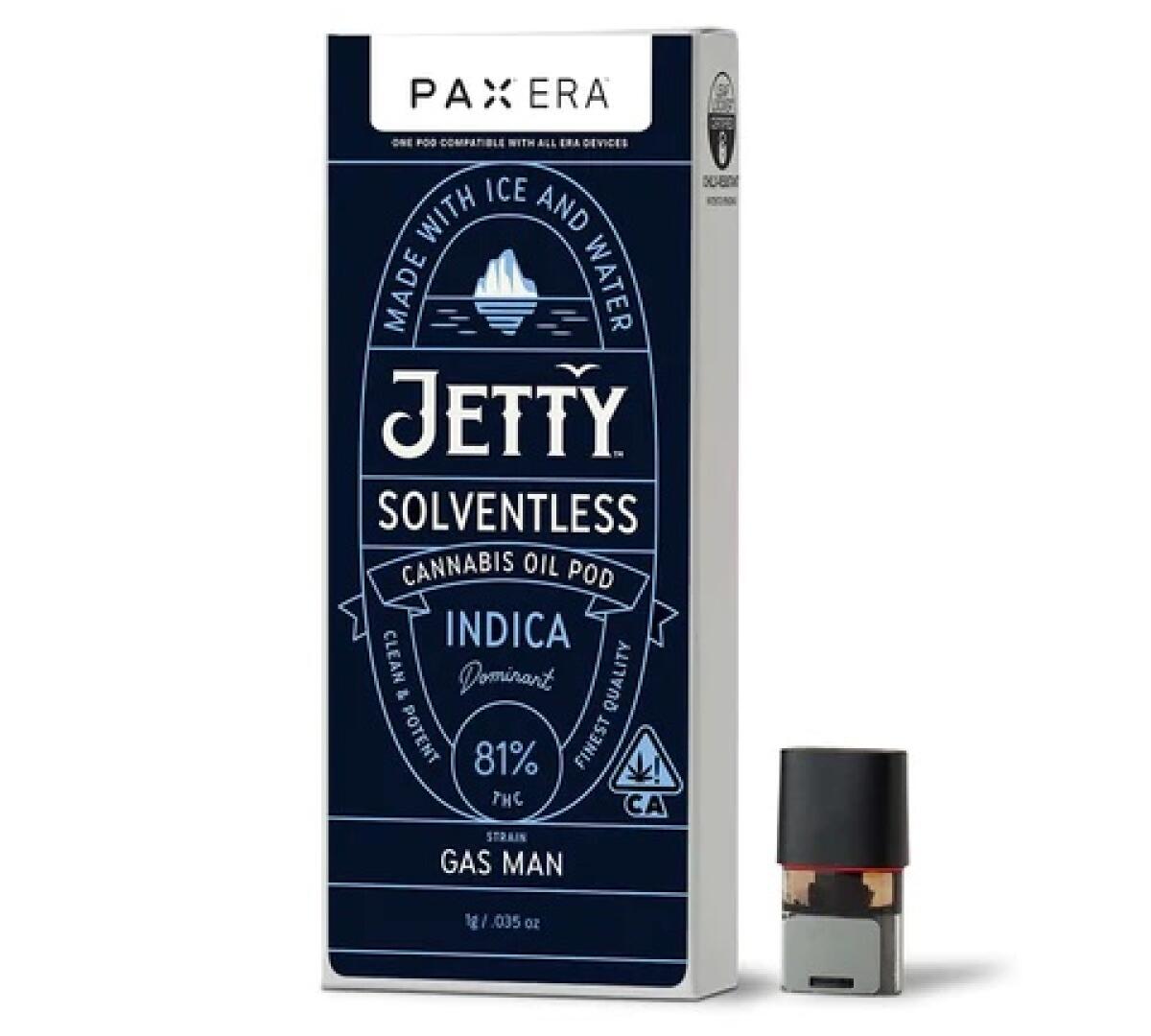
That included the folks at Oakland-based Jetty Extracts, which had been in the (solvent-based) cannabis extraction business for nine years.
“We’d been experimenting with solventless since 2016,” said Jetty’s co-founder and Chief Executive Ron Gershoni. “Mostly very small-scale stuff. But, around 2019, we made a very concerted effort that this was where the market was going and we wanted to be a big player in solventless.”
Gershoni cited growing “consumer preference for cleaner products” generally and the vape crisis specifically as some of the driving factors, invoking a comparison to opting for organic produce in the supermarket. “Everyone — especially in California — wants things that are cleaner,” he said. “Not just the finished product but the process itself. And there is no question that using solventless extraction is a cleaner process because you are not touching any solvent.”
Nathan Cozzolino, co-founder of Rose Los Angeles, which exclusively uses flower rosin in its THC-infused, Turkish delight-style edibles, noticed a similar shift in consumer awareness in the years following his brand’s 2018 launch.
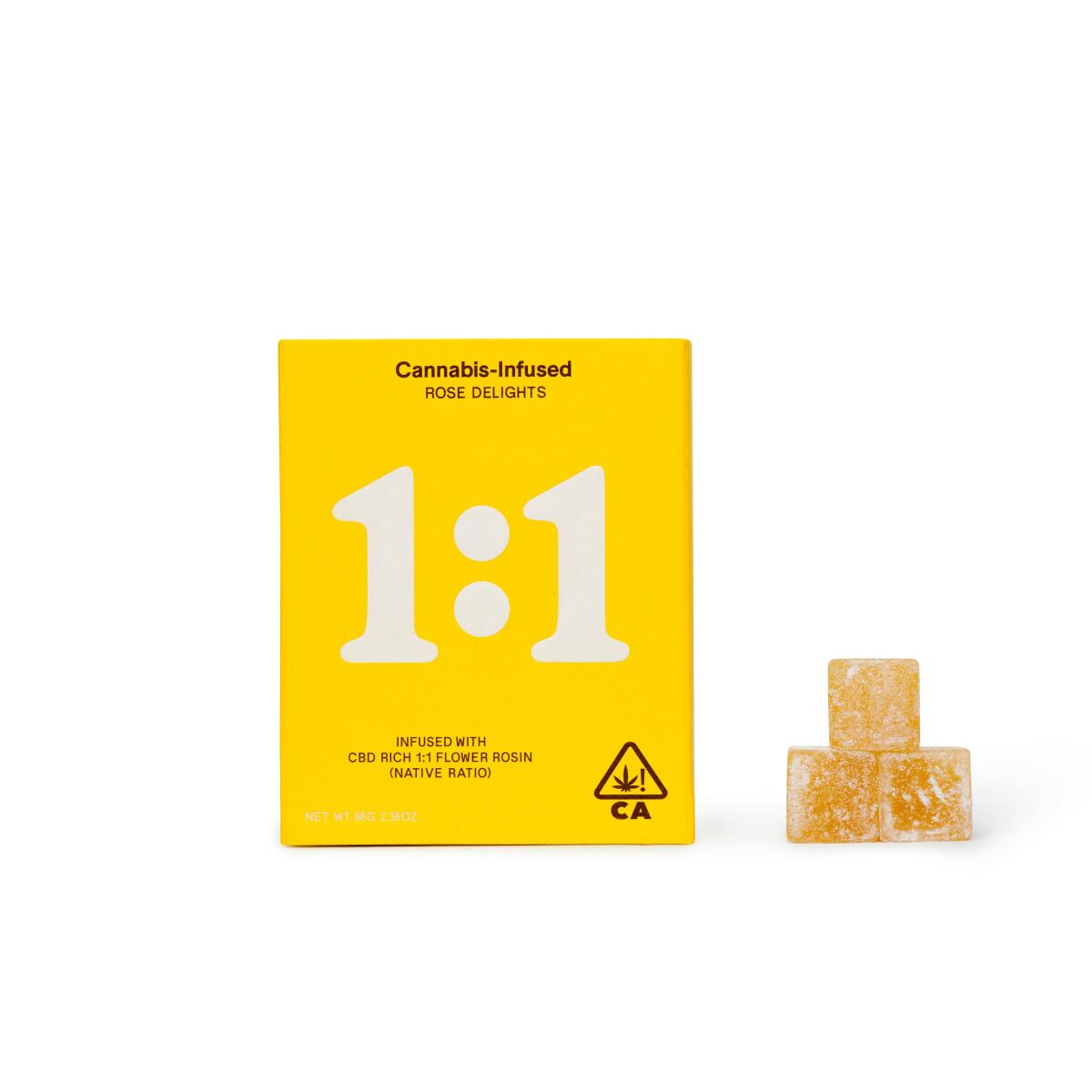
“When we started, there was nobody — except one other brand — making solventless edibles,” he said. “And at the time people were like, ‘Flower rosin is a ridiculous extract to use. It’s not scalable. You’re wasting smokable flower. It’s really expensive. ...’ And I’d say pretty much 18 to 24 months later, almost every company in the space had transitioned at least some of their product line to [include] a solventless offering.”
Before 2020, Cozzolino said, the term “rosin” was mostly a niche cannabis-industry buzzword. “And the consumer definitely didn’t know what it meant,” he said.
A California company that stepped into the space more recently is San Francisco-based Pax. In February, after half a dozen years of putting other brands’ concentrated (and solvent-based) cannabis oil in its plug-and-puff Pax Era vape pods, Pax launched a line of fresh-pressed live rosin pods with natural diamonds that builds on its clean-weed pedigree. (“Live” means that the rosin was extracted from a freshly frozen plant, while “diamonds” are a crystalline form of concentrated THC.) The back of each package reads “100% cannabis, nothing added.”
That move, said Pax Chief Operating Officer Steven Jung, was born out of consumer awareness. “What we found through our research ... [is that consumers] may not have the exact concepts down, but when it’s presented to them, they very clearly will state: ‘I want the cleanest, safest, highest-quality product I can get my hands on.’”
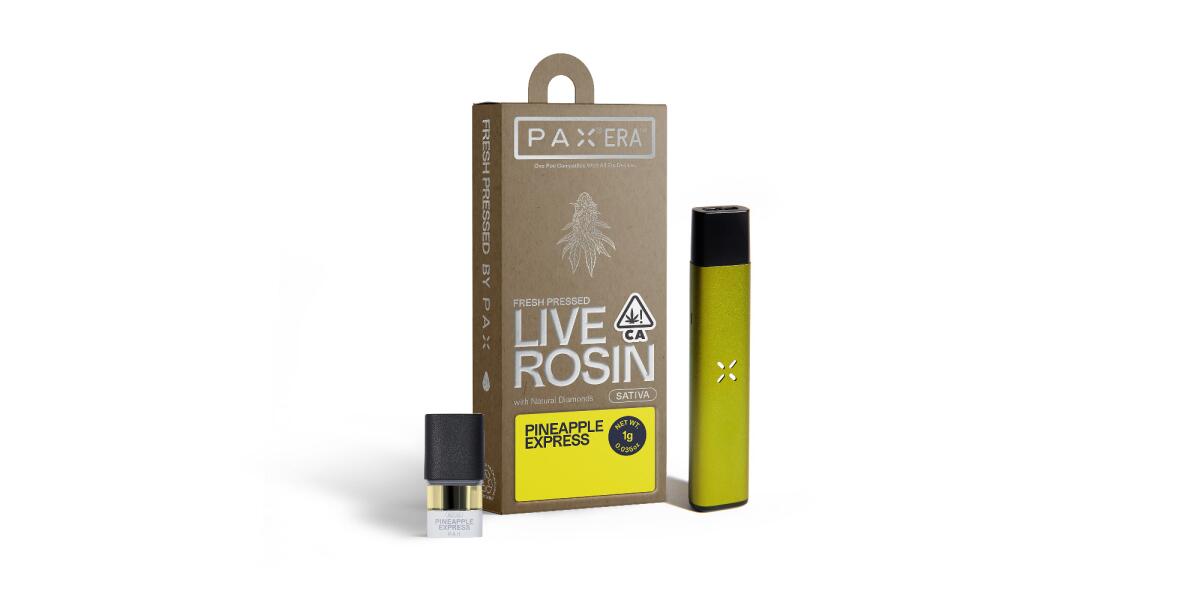
Collin Palmer, Pax’s head of formulations (the guy who helped figure out how to get the live rosin into vapable form), added that the clean-weed movement is evolving much the way the clean-food movement did before it.
“Think about how organic happened,” Palmer said. “First it was ‘natural products,’ then ‘organic’ became a buzzword. ... People have this need, psychologically, to understand what goes into their bodies and know that it’s good for them. I think rosin and live rosin speaks to and checks all the boxes for those individuals. It brings transparency to the process. We now know that there’s nothing added here, and I think that brings a sense of security that wasn’t really truly there with cannabis before.”
Compassionate cannabis donations are a plant medicine lifeline for military veterans and trauma survivors.
The biggest reason clean weed is about to be everywhere, though, is that consumer demand has turned out to match — if not exceed — expectations. Jetty’s Gershoni said the company launched its first solventless vaporizer cartridge into the market in December 2020. A year and a half later, he considers the move a lifesaver.
“Right now the market is down in California about 25% year-over-year,” he said in a May interview. “And we’re up about 25% year-over-year and that product — solventless — is by far our fastest-growing product. It’s our No. 1 product, and we’re struggling to keep it in stock.”
How do I find clean weed?
As you embark on your exploration of the soon-to-be-everywhere weed trend, here are five ways to get a better understanding of what you’re buying.
1. Buy from a licensed dispensary
This is the single most important step in ensuring you know what’s in your weed. That’s because, to make it to the shelves of a licensed California dispensary, a batch of each product is required to have a certificate of analysis to back it up. Available via a brand’s website or, more frequently, via a QR code on the package itself, the COA will verify that the product has tested below the acceptable level of residual solvents, heavy metals and mycotoxins (usually indicated by the word “pass”). That assurance doesn’t exist when buying from an unlicensed shop.
Alex LeVine, co-founder and chief executive of the 2-year-old, L.A.-based vape brand PodTones and a certifiable weed nerd, said there are clues that can be gleaned by digging into a COA’s list of additional cannabinoids and terpenes.
“Rosin almost always has CBG in it,” he said, referring to the minor cannabinoid cannabigerol. LeVine explained that vape pens containing a chemically extracted distillate will contain THC but not the trace cannabinoid. “Another clue it’s real rosin is that you’ll see a very large number of different terpenes detected in live rosin that you won’t with [solvent-based] concentrates.” (Terpenes are the naturally occurring volatile compounds that give different cannabis plants their distinct smell and taste.)
2. Read the label (carefully)
Just as in the clean-beauty and clean-food space, finding clean weed means doing a lot of research and reading a lot of labels — carefully. In an ideal world, finding chemical-free cannabis flower would be as easy as looking for the word “organic” somewhere on the package. Although that is not an option (because that term falls under the purview of the U.S. Department of Agriculture, and marijuana remains illegal at the federal level), thanks to a new state program, California cannabis products certified to be comparable to organic can bear the designation “OCal” on their label. (As of last month, just 11 California cultivators have been OCal-certified.)
When it comes to concentrates and vaporizer cartridges, the words “solventless” or “rosin” are used industrywide to denote no chemicals were used (remember, if it’s called “resin,” that means a solvent was used). However, because noncannabis materials can (and often are) added to give rosin a vaporizable viscosity, you’ll need to dig deeper than that. Read the fine print carefully to find out what else might be in the mix. And look for additional language such as “100% cannabis, nothing added,” which appears on Pax’s new pods, or “100% cannabis rosin,” which appears on PodTones’ packaging.
From infused sodas to stealth pipes, here are five helpful hints from That High Couple for that next sesh on the grass.
3. Engage your budtender
No, budtenders are not doctors or chemists, but chances are they’ve already summited the solventless-vape learning curve you’re just starting to scale. Tell them specifically what you’re looking for and what you want — and don’t want — out of a vaporizable cannabis product. Use the word “solventless.” Ask them to parse confusing labels. Ask them hard questions. Part of their job is to help you make sense of it all.
4. Search out these products
Because Jetty Extracts and Pax are bigger brands, you’re likely to find their clean-weed offerings on a lot of dispensary shelves. While they’re both good starting points, there are two smaller locals that have been in the solventless space for a long time and are worth the effort to search for. One is Rose Los Angeles, which makes gourmet-level edibles using flower rosin. If you prefer to consume instead of combust your cannabis, the brand is a worthy option.
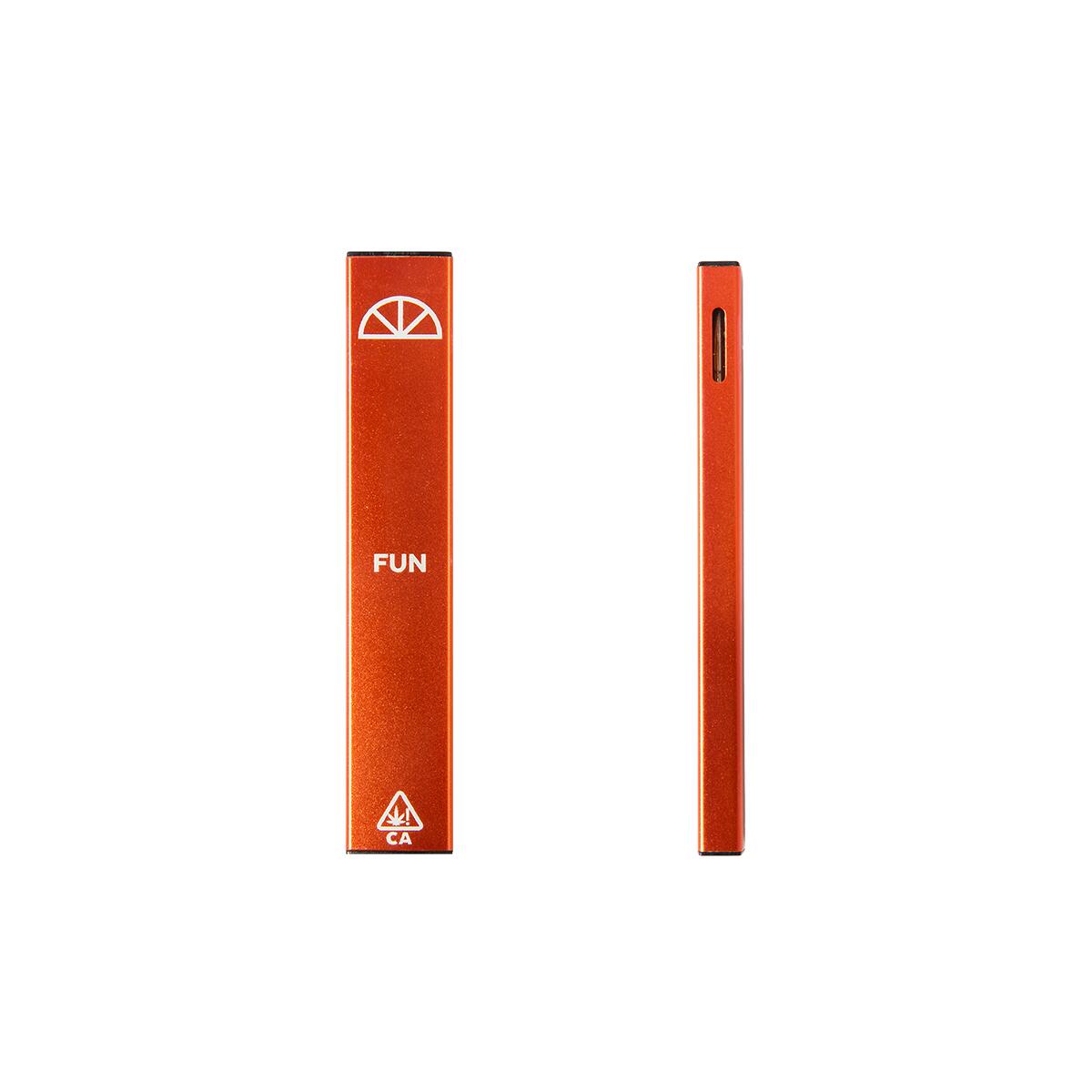
The other is PodTones, whose founders early on cracked the code on how to put 100% live rosin concentrate in a single-use pen without using additional chemicals, to the delight of plant-loving weed heads everywhere. With no pods (despite its name) or plugs or other components to worry about, it’s an elegant, entry-level experience for the novice tiptoeing into the world of clean weed.
5. Wait a while
If all that sounds daunting, the other option is to just wait and let the clean-weed movement reveal itself to you by gobbling up market share, which, by all accounts, it’s doing quickly. Right now, it represents just about 1% to 2% of the market. “As technology grows and demand grows for these products, we’ll see more and more shelf space allocated to this type of product,” said Pax’s Palmer.
“And I truly believe as a hash maker that this will be 50% or around that of our products that we see on the shelf,” he said. “I think everyone eventually will have a solventless line. It’s just inevitable.”
More to Read
Sign up for The Wild
We’ll help you find the best places to hike, bike and run, as well as the perfect silent spots for meditation and yoga.
You may occasionally receive promotional content from the Los Angeles Times.


